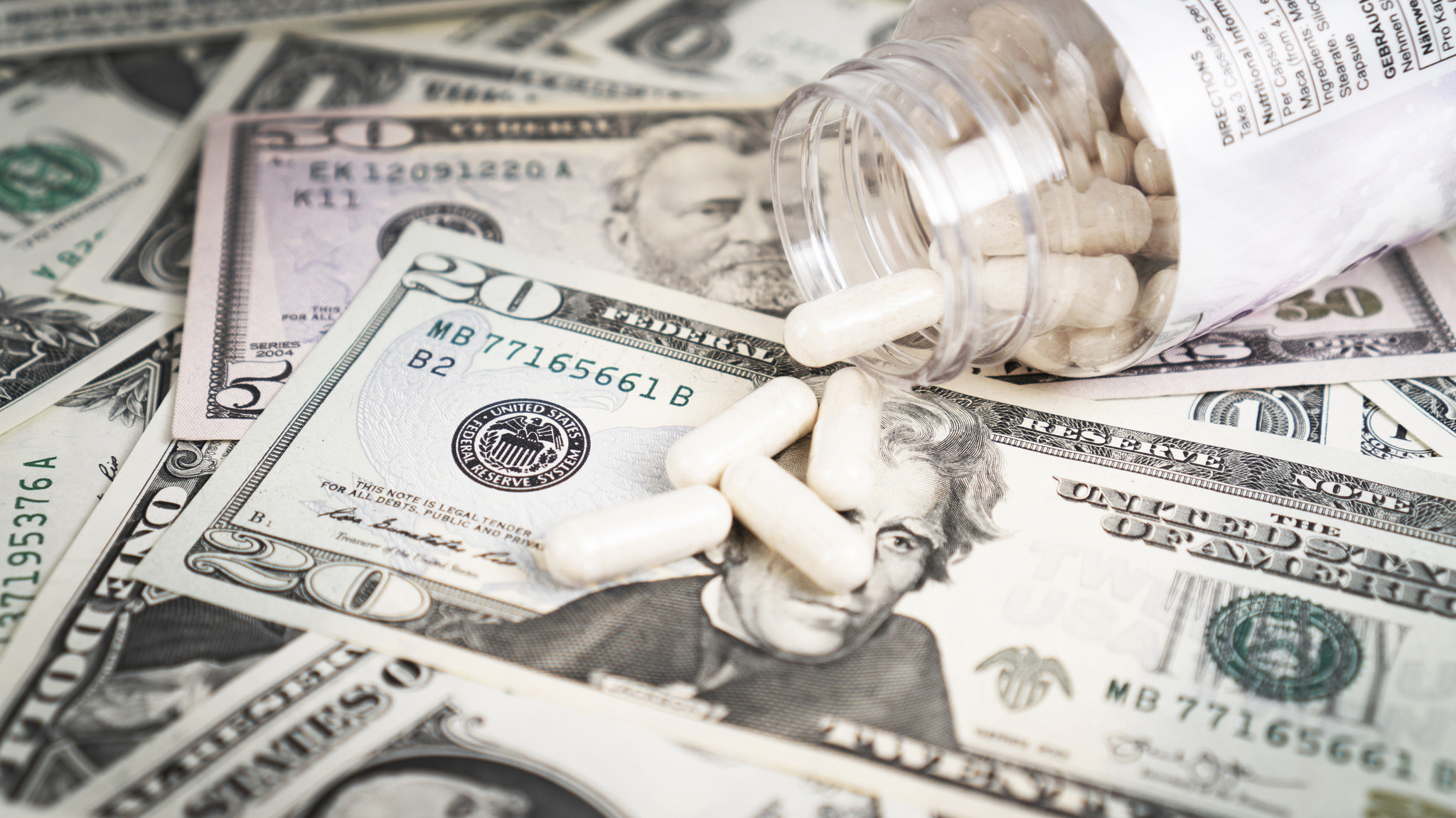WASHINGTON – Health care spending in the United States is projected to go up nearly 6 percent annually through 2024, faster growth than the pace of the past six years, according to the Centers for Medicare & Medicaid Services.
The projection reflects the expanded insurance coverage under the Affordable Care Act, said Sean Keehan, senior economist in the CMS Office of the Actuary and lead author of a new report.
The analysts also believe that 89 percent of Americans were likely insured in a health plan in 2014; and that number should increase to 92 percent by 2024, the CMS report says.
Source: CMS, Office of the Actuary, National Health Statistics Group.
Growing health insurance coverage has led to significant increases in prescription drug spending, fueled largely by new, high-cost specialty drugs – for instance, treatments for Hepatitis-C and multiple sclerosis. According to the CMS projection, prescription drug spending rose 12.6 percent in 2014, up more than 12 points from the previous year — its highest rate of growth since 2002.
Although expensive prescription drugs will keep pushing up the health care expenditures this year, the impact will ease over the long term.
John Poisal, deputy director at CMS’s National Health Statistics Group, said Tuesday the competition from generic drugs, which provide the same functions with much lower prices than prescription drugs, would cut costs.
“[Patients] are not expecting to use as many [prescription drugs] as they did before because there are effective generic drugs…,” Poisal said at a media briefing. “Also the price of prescription drugs may come down as competition forces.”
However, new prescription drugs, not yet on the market, were not considered in the projection.
“We don’t know which drug will be approved and how effective it will be,” Poisal added. “If there is a new effective drug coming out and it’s expensive, then we may have under-projected it.”
Although health care spending is expected to grow annually 1.1 percent faster than the Gross Domestic Product (GDP) over the next 10 years, that’s still slower than an average of about 9 percent over the three decades prior to the Great Recession.


